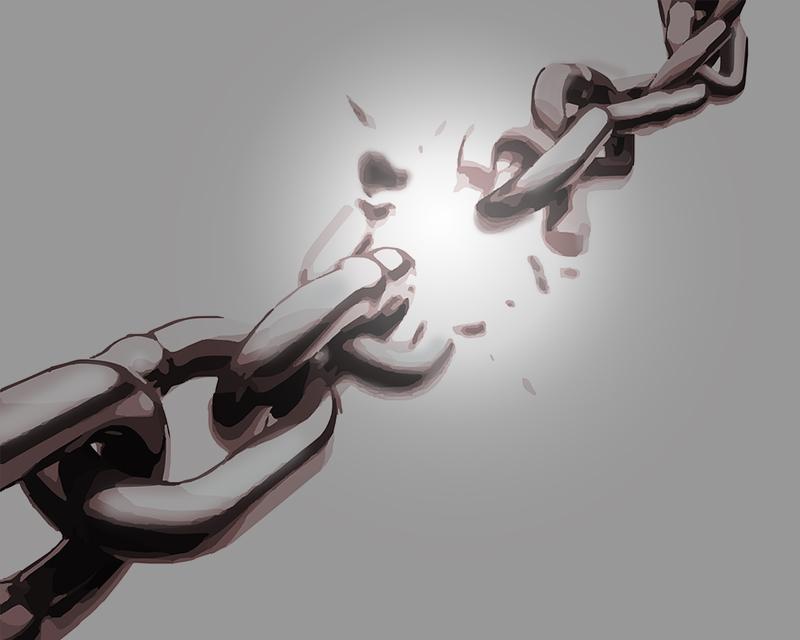The recent release of “Making a Murderer,” a Netflix documentary series based on the story of Brendan Dassey, has stirred great interest among viewers, resulting in a public call for Dassey’s case to be reinvestigated. Dassey had been accused of murdering a neighboring photographer named Teresa Halbach. According to “Making a Murderer,” the case was extremely controversial because Dassey, a minor, was convicted without a proper defense. After multiple viewer petitions and protests, Dassey’s conviction was finally appealed on Aug. 13. The court gave prosecutors a 90-day period to attempt a retrial.
“Problems that push justice to the secondary factor, like prosecutors wanting to make a name for themselves, are reasons why innocent people are often wrongly accused,” said Michael Silber, history teacher. “The public through media platforms really spearheaded this case and were right to correct an injustice.”
The alleged crime had taken place on Oct. 2005. Steven Avery and nephew Brendan Dassey were found guilty of first-degree intentional homicide and second-degree sexual assault and mutilation. Here lies the controversy: Dassey was still two years short of becoming 18 years old but was convicted as an adult without a proper lawyer. According to BBC, it was also later uncovered that the opposing attorneys had coerced and threatened Dassey in order to force out a confession, which had in heightened the degree of his sentence. Supporters of Dassey used this evidence to claim that his constitutional right to an effective counsel, as ensured in the fifth and 14th amendments, had been violated, conclusively overturning the conviction.
“To be in a position where an illegitimate process of trial leaves you in life sentence for the rest of my life is not only unfair to the individual but also highlights a clear flaw of our criminal justice system,” Youngwoo Kim (10) said. “Through this particular incident, I hope that trials become more thorough to really achieve justice for everyone.”
Without the thorough investigation presented in the TV series, the flaws in this case may not have been brought to light. Whether Dassey’s exoneration was legitimate is to be decided by prosecutors, but the public intervention sparked by media attention has clearly influenced the debate. The popularity of the show especially helped bring awareness to Dassey’s situation. The series had over 20 million viewers and many of them have drafted petitions for a presidential pardon. One petition collected over 130,000 signatures.
“Although media intervention doesn’t happen with a lot of people, justice is justice and injustice is injustice,” said Peter Brodhead, high school English teacher. “Whatever way was used to seek that justice should be seen as a positive event, and these are the kind of things that puts prosecutors under a bit more scrutiny, allowing our justice system achieve a higher moral standard.”
Richard Ofshe, a defense expert in interrogation tactics, contends that media coverage very rarely results in the successful reexamination of a faulty verdict. There are hundreds of false convictions every year that do not receive the publicity of the Brendan Dassey case.

